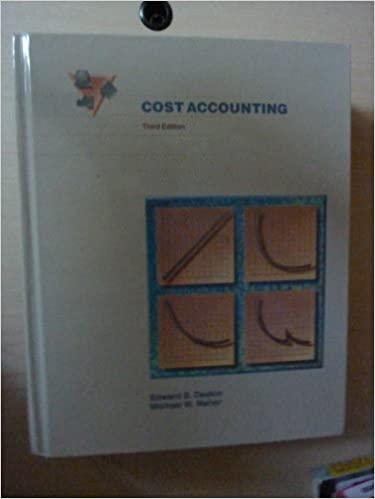QUESTION 1 Vardy Limited is changing its accounting dates, and to accommodate this it has produced a set of financial accounts over an extended period, from 1 December 2019 to 31 March 2021. Capital allowances have already been calculated for each of the two Chargeable Accounting Periods (CAPs) as follows: CAP 1 Dec 2019 to 30 Nov 2020 700,000 CAP 1 Dec 2020 to 31 March 2021 300,000 The income statement of Vardy Limited for the 16 months to 31 March 2021 is shown below: Turnover 12,400,000 Cost of Sales 6.400.000 Gross profit 6,000,000 Other income 110,000 6,110,000 Less: Distribution costs 842.000 Administrative expenses 1.470.000 2.312.000 Profit for the year (before tax) 3.798.000 NOTES: Note 1 The items in 'Cost of Sales' are all tax deductible (allowable) for the purposes of the tax computation. Note 2 The other income' of 110,000 consists of rents receivable of 80,000 and profit on disposal of office equipment of 30,000. Note 3 Distribution costs are as follows: Depreciation of distribution vans 120,000 Loss on disposal of distribution van 12,000 General distribution costs 710.000 842.000 (QUESTION 1continued on next page) Note 4 Administrative costs are as follows: Depreciation of office equipment 70,000 Loss on disposal of investments 105,000 Trade debts written off 52,000 Increase in general allowance for doubtful debts 88,000 Customer entertaining 25,000 Staff entertaining 20,000 Gift Aid donations 30,000 Legal fees re acquisition of new freehold offices 17,000 Motor expenses (50% employees' private motoring) 333,000 Patent royalties payable for trade purposes 50,000 Embezzlement by director 280,000 General administrative costs (all allowable) 400,000 1,470,000 Required: Write a letter to the Directors of Vardy Limited explaining how you have calculated the trading income assessment (referring to your detailed computation that should be cross referenced as an Appendix to the letter) with sections in the letter to cover each part below. a) Adjust the financial accounts for the 16-month period, before deduction of capital allowances. (6 marks) b) Time-apportion the adjusted profit figure into chargeable accounting periods (CAPs). (2 marks) c) Calculate the trading income assessment (taking account of capital allowances) for each CAP. (2 marks) d) Explain the motivation from the point of view of tax policy makers, for reducing the rates of Corporation Tax commenting (briefly) on the possible risks in such a policy of tax rate reduction and commenting why, in certain situations, policy makers prefer to introduce tax allowances rather than reduce tax rates. (15 marks) (Total 25 marks)








